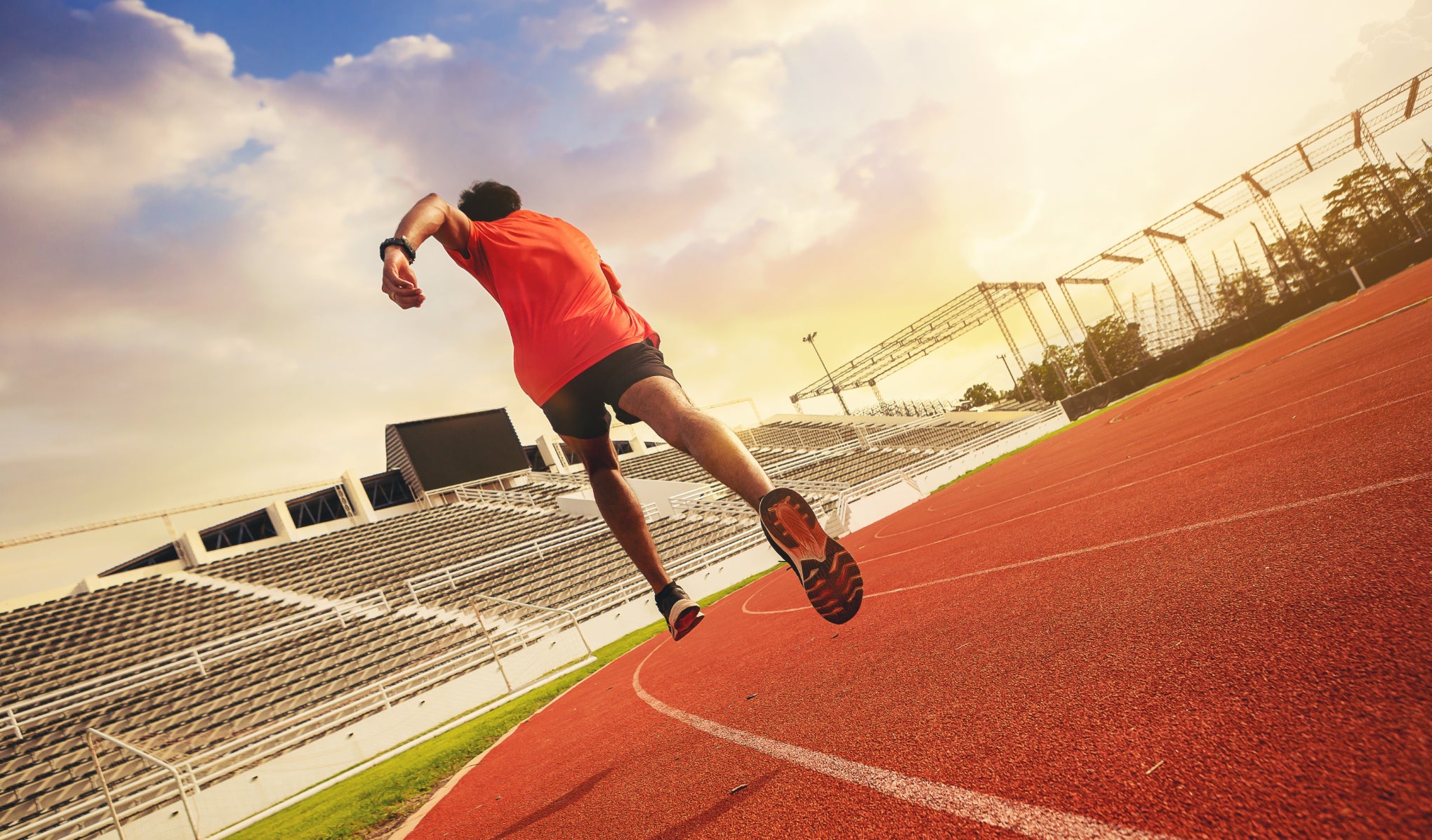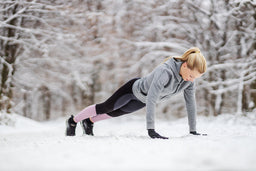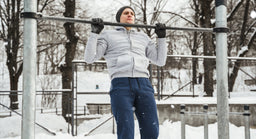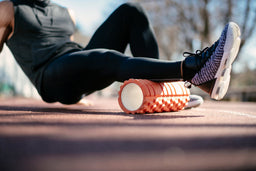
Running and calisthenics - match made in heaven or hell on earth?
Is running having a revival? Sometimes it seems like everyone on social media is adding running to their training plans. But is running and calisthenics a good combo, or are there better ways to get your cardio? Let’s look at whether calisthenics and running play nicely together.
Does everyone need to do cardio training?
The science is pretty clear about the importance of cardio training. Everyone needs to do some kind of cardio (not necessarily running). It’s good for cardiovascular health, lung capacity, endurance, and can even lower your risk of some chronic diseases.
So if you’re a big fan of calisthenics or strength training, it’s a really good idea to add some kind of cardio to your week. And given that you’re probably already pretty fit, that cardio needs to be more intense than a leisurely walk.
What is VO2max in cardio training?
One of the key indicators of cardiovascular fitness is VO2max which measures the maximum amount of oxygen your body can use during intense exercise. Your VO2max is a good indicator of how efficiently your body delivers oxygen to muscles, and how well your muscles use that oxygen to produce energy. A higher VO2max indicates a greater aerobic capacity, which is essential for endurance and overall fitness.
Why running is a good choice for calisthenics athletes
But why running? Can’t you just do more jump rope or plyometrics to build your cardio fitness? Well, you could, but running has some benefits that might make it appealing to calisthenics athletes.
- No equipment - just like calisthenics, all you need is your body and some space (a good pair of running shoes definitely helps)
- Versatile - you can run anywhere, anytime, whether you’re at home or on holiday.
- Complementary muscles - running works your legs and calisthenics is upper body dominant.
- Mindset boost – running gets you out in the fresh air and nature which is great for your mental wellbeing.
- Improved recovery - light runs can aid active recovery between calisthenics sessions.
Pros and cons of adding running to your calisthenics routine
Combining calisthenics and running in your weekly training routine is a great way to improve your cardiovascular health and build your fitness endurance. The running will strengthen your legs and possibly build lower body size, whilst helping with calorie burn to keep your bodyweight lighter for calisthenics.
But be careful not to overload your training routine with too much volume. You’re your runs to avoid overtraining, lower body injuries, burnout, and any impact on your muscle hypertrophy goals. Do just enough running to hit that CV-training goal without adding stress.
Running for leg muscle growth
Will running help you build bigger legs, or will it take away from your hypertrophy gains? The short answer is: it depends. Long-distance running typically leads to leaner legs rather than significant muscle growth. However, doing sprint training and hill reps tends to add power, strength, and mass – a nice combo for your calisthenics training.
And a bit of running will significantly improve your cardio fitness, which will help you sustain longer calisthenics sets, recover faster between exercises, and push through calisthenics workouts.
5 best running sessions for calisthenics athletes
- Interval training - mimics the work/rest intensity of calisthenics workouts
Try this - 10 x 30-second all-out sprints with 90 seconds rest
- Hill sprints – great for fitness, leg muscle growth, and lower body power
Try this - 8 x 30-second hill sprints with jog back down recovery
- Recovery runs – for active rest and a change of scene from the gym
Try this – 30-45 minutes running by feel rather than by distance or pace
- Tempo runs - builds mental toughness and improves lactate threshold
Try this - 10-min warm-up, 20-min run at 5km pace, 10-min cool-down
- Fartlek runs – for variety and a fitness challenge
Try this - 30-minute run alternating 1 min hard, 2 mins easy
Potential risks of combining running and calisthenics
For most people, adding some running to your weekly calisthenics training plan will reap the rewards of increased fitness, faster recovery, better lower body strength, and improved body composition.
But there are some possible risks (especially if you’re new to running).
Watch out for overtraining, especially if you already do a lot of bodyweight or calisthenics work or if the rest of your life is stressful.
Look out for running injuries, particularly in the knees, feet, ankles, hips, and lower back. Take plenty of rest and think about recovery strategies like stretching, rest days, deload weeks, and good nutrition.
Pay extra attention to hydration, especially when you’re running in hot or humid weather. And don’t forget to upgrade your running shoes after 300-ish miles!
What works for one person might not work for another. Start slowly, listen to your body, and adjust your training as you go. Remember, running is an added bonus that’s meant to boost your fitness and add some enjoyment into your week.
Do you run and do calisthenics?
We’d love to hear from people who think this is a great combination. Join the conversation on the Gravity Fitness socials or send us your story to be featured in the newsletter.


































